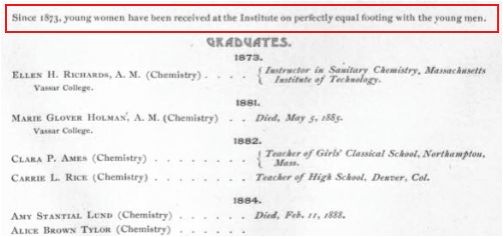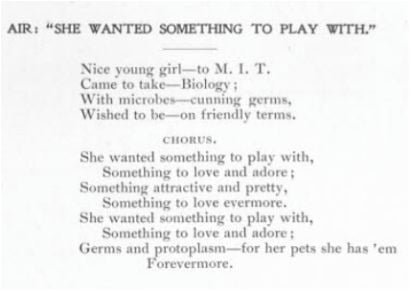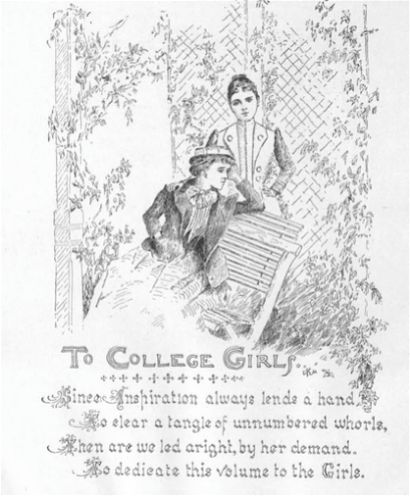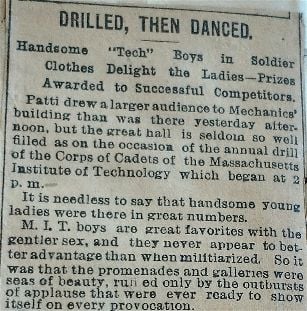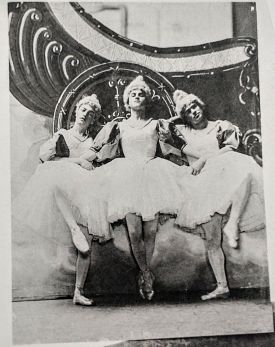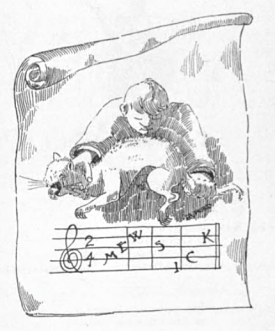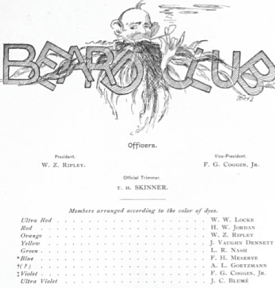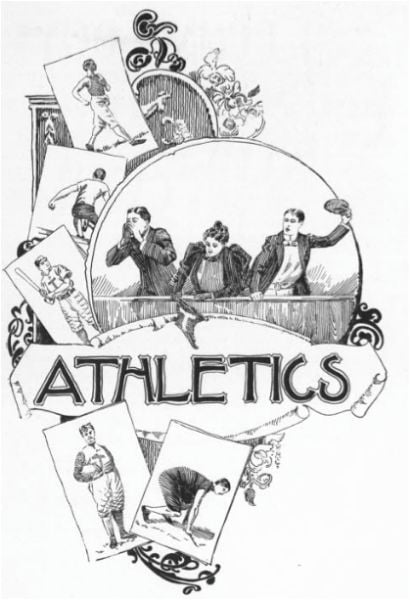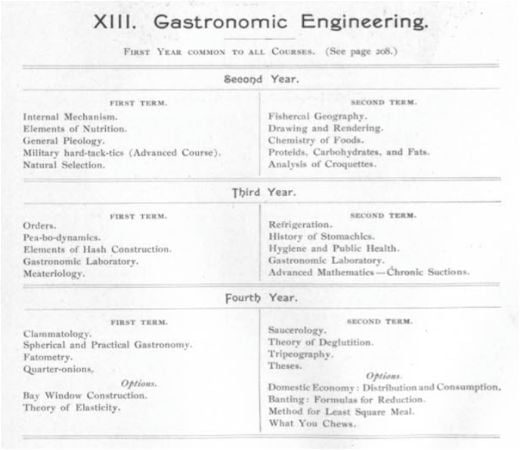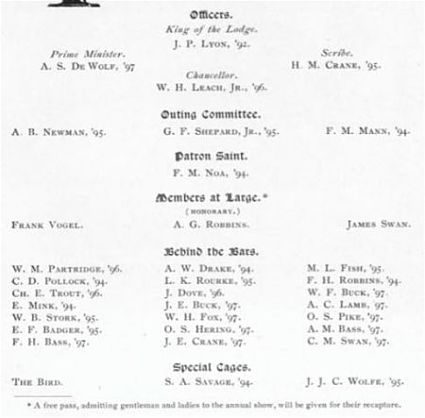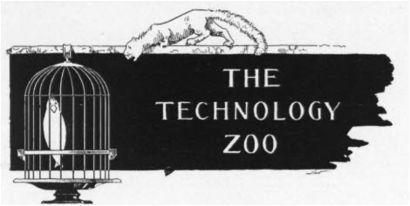MIT Was Great in the 1800s by Yuliya K. '18
(and it's still awesome today)
Previously on the blogs, I’ve written about MIT’s commitment to diversity throughout history. At the beginning of the 20th century, the Institute focused on recruiting international students, especially from China and Latin America (read more here). At the beginning of the 21st century, MIT fought against discrimination among its female faculty, inspiring other institutions to do the same (more here). I’ve also blogged about the fun parts of MIT culture from the late 1800s, showing how eerily similar the students of the time thought like the students of today (even before MIT had its own campus! – more here).
This post continues the series of posts that came out of my UROP research on the history of early international students at MIT. The first part displays MIT’s commitment to gender equality as early as the 19th century. The second part discusses what the students did for fun, also in the late 1800s. For some of you, this post comes at a difficult college-choosing time. I hope that a look at MIT’s history helps with your consideration of committing to MIT in the present.
“Since 1873, young women have been received at the Institute on perfectly equal footing with the young men.”
This was the statement printed in the 1896 MIT yearbook, Technique. To be perfectly fair, women were not on perfectly equal footing with the men at the time, but MIT was definitely ahead of its peer institutions in accepting women, who also got to work in the same studios and labs as men. And the students were well aware of how special this was, as evidenced by the following poem, also published in Technique. (Note: Co-ed = female student; all the universities mentioned did not accept women at the time of the poem’s publication)
The women were respected for the work that they did:
